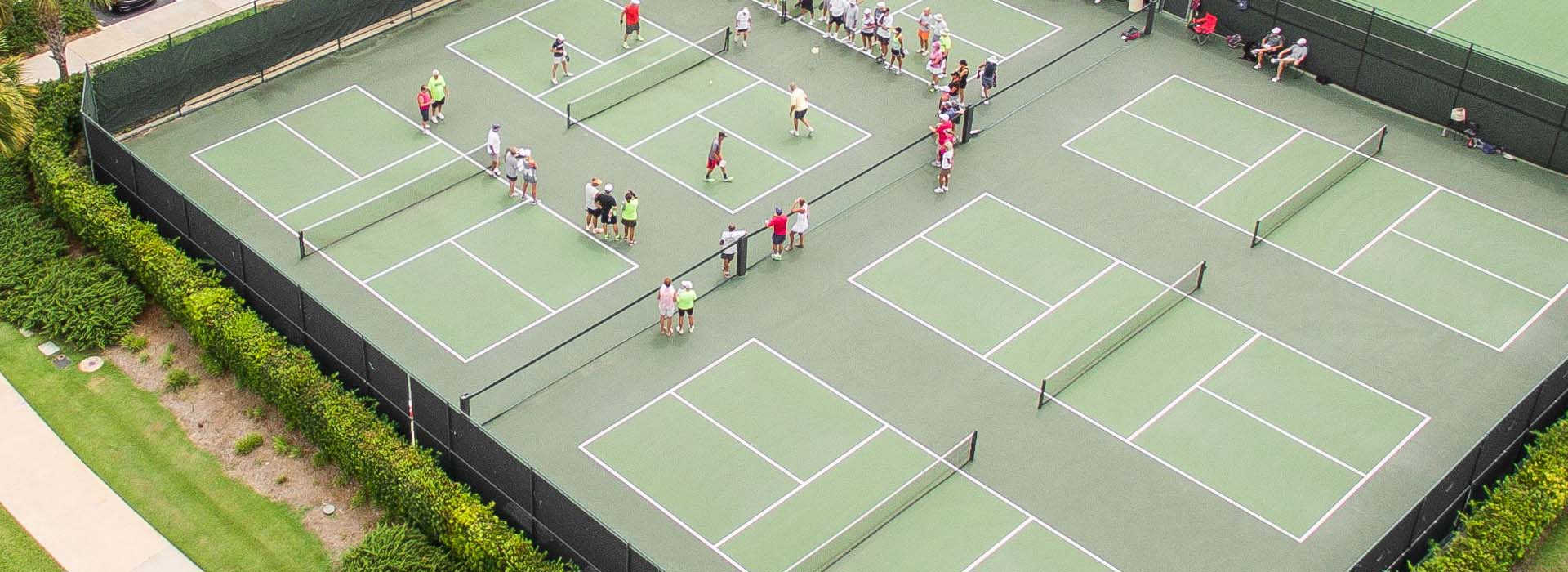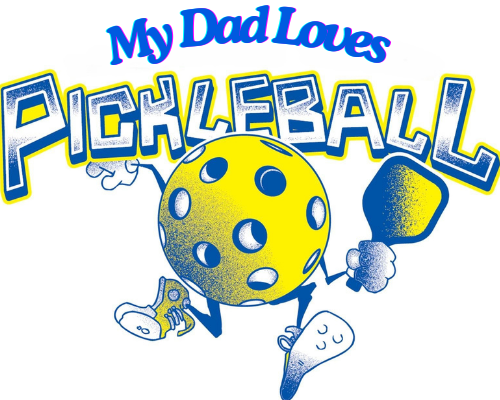
Pickleball: A Global Phenomenon
Key Takeaways
- Pickleball is rapidly growing in popularity across the globe, with its unique blend of tennis, badminton, and ping pong.
- The sport appeals to players of all ages and skill levels, promoting physical activity and social connection.
- Countries like the USA, Canada, and Spain are leading the way in pickleball popularity, with emerging markets in Asia and Latin America.
- Major tournaments and events are bolstering its visibility, alongside increasing media coverage and community interest.
- Understanding local pickleball trends can help players and enthusiasts stay informed and engaged in their communities.
Pickleball has seen a tremendous rise in popularity over the past few years across various countries. What started in the 1960s as a backyard pastime in the United States has transformed into a global phenomenon with courts springing up in communities around the world. In this article, we will explore how pickleball has evolved and its impact on the sports landscape globally.
The global rise of pickleball
Pickleball is more than just a sport; it's a community-building activity that has captured the interest of many. Its easy-to-learn rules, combined with the engaging nature of the game, have attracted a diverse audience. Here’s a look at some of the countries where pickleball is thriving:
| Country | Year introduced | Key developments |
|---|---|---|
| United States | 1965 | Home of pickleball; over 4 million players. |
| Canada | 2000 | Growing number of courts and players. |
| Spain | 2010 | Emerging as a popular sport; expanding tournaments. |
| Australia | 2015 | Increasing number of clubs and open tournaments. |
| Japan | 2020 | Growing interest and new facilities. |
Why is pickleball so popular?
The sport's rapid globalization can be credited to several factors:
- Accessibility: Suitable for all ages and skill levels.
- Social interaction: Strong emphasis on community and friendly competition.
- Low cost: Relatively inexpensive to play with minimal equipment required.
- Adaptability: Played indoors or outdoors, catering to different climates.
- Media presence: Increased visibility through tournaments and online platforms.
Pickleball around the world
As pickleball continues to gain traction globally, its impact varies by region:
North America
The United States and Canada lead the way in terms of participation and infrastructure. Numerous leagues and community programs offer ample playing opportunities.
Europe
Countries like Spain and Italy are beginning to embrace pickleball, with new courts being built and international competitions attracting attention.
Asia
While traditionally less popular, countries like Japan are starting to see an uptick in interest, leading to increased participation and infrastructure changes.
Latin America
Emerging interest in countries such as Mexico and Brazil suggests that pickleball could soon become a mainstream sport in these regions.
Impact of tournaments and events
Tournaments play a crucial role in the growth of pickleball. They not only showcase the sport's competitive nature but also enhance its visibility:
| Event | Location | Impact |
|---|---|---|
| US Open Pickleball Championships | Naples, Florida | Largest pickleball event; attracts international players. |
| International Pickleball Championship | La Paz, Mexico | Growing presence promotes regional engagement. |
| European Pickleball Championships | Spain | Showcases top European talent. |
Conclusion
As we can see, pickleball is more than just a passing trend; it’s a sport that builds communities and connects people across different cultures. Whether you’re in North America, Europe, or Asia, there's space for pickleball enthusiasts to unite and share their love for the game. Staying engaged with the evolving landscape of pickleball, including the latest gear and developments, is essential for both newcomers and seasoned players. For more tips and updates, check out our Tips & Tactics category and join the ongoing conversation in the Community Spotlight.
Pros
- Inclusive nature allows players of all ages.
- Promotes social interaction and community building.
- Cost-effective way to stay physically active.
Cons
- Limited awareness in some regions.
- Requires adequate court facilities for growth.
- May face competition from other established sports.


